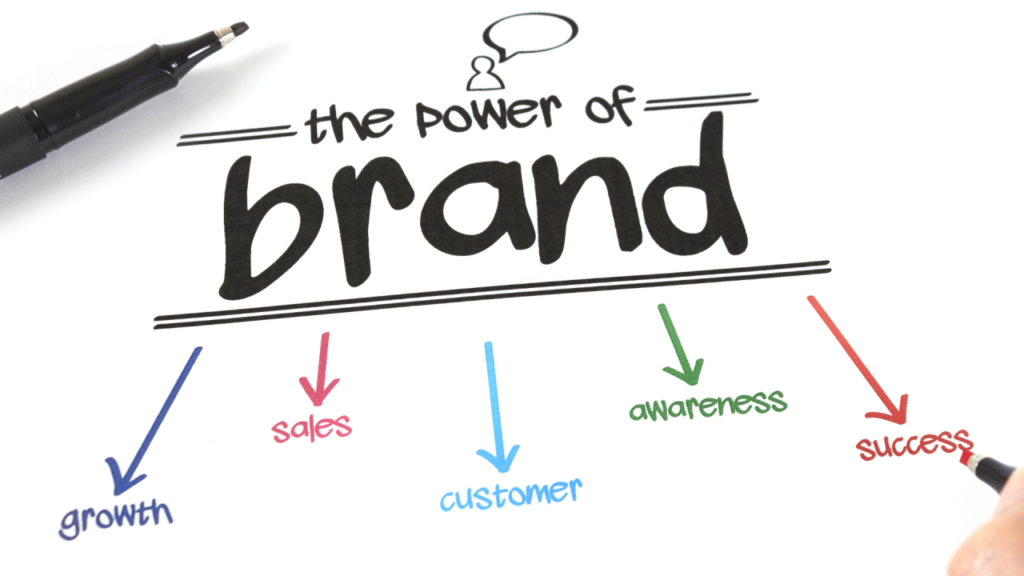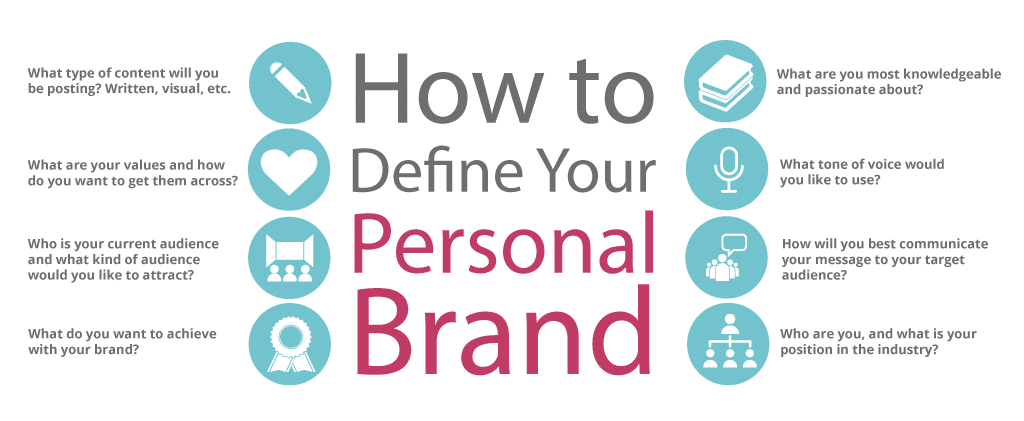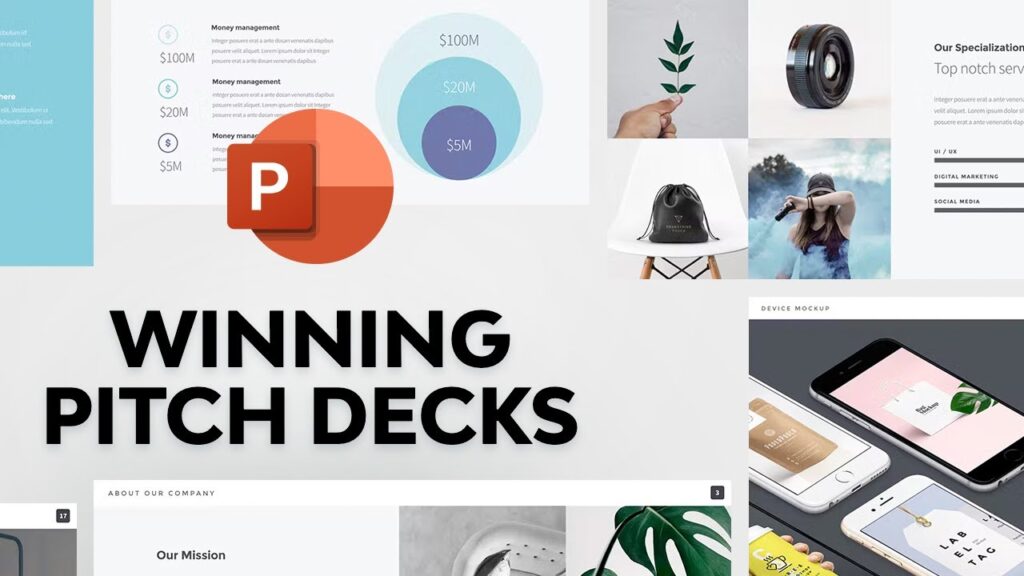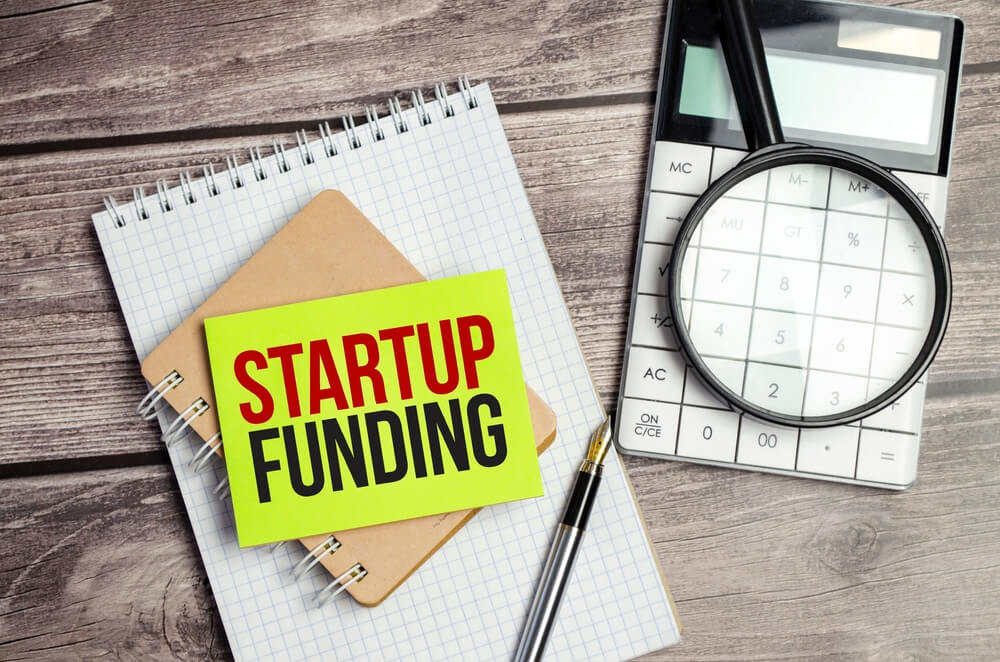The concept of a powerful executive brand has gained immense traction in today’s competitive landscape, where executives are no longer simply behind-the-scenes leaders but also public figures representing their organisations. Measuring an executive brand’s return on investment (ROI) goes far beyond financial metrics, touching everything from corporate reputation to career growth. Here, we’ll explore the immense value of cultivating a personal executive brand and how it can catapult the individual and the organisation to new heights.
The Strategic Power of Personal Branding

In an era dominated by digital media and constant information overload, a solid personal brand has become one of the most essential tools for professionals across all levels. Whether a freelancer or a top-tier executive, crafting a distinct individual identity in the marketplace can set you apart from the competition.
But what exactly is a personal brand?
At its core, a personal brand is like a résumé but with more depth. While a résumé lists your skills, experience, and qualifications, a personal brand incorporates your values, vision, and unique perspective. This distinction makes personal branding a powerful tool—not just a list of accomplishments but an articulation of who you are, what you stand for, and why others should pay attention.
Why Personal Branding Matters for Executives

Building a personal brand isn’t just for influencers or small business owners—it’s equally, if not more, critical for executives. A well-established executive brand can be as impactful as the most expensive marketing campaigns. A study by Weber Shandwick revealed that nearly 60% of customers factor a CEO’s reputation into their decision to engage with a brand. This illustrates how an executive’s brand can directly influence corporate success.
Unfortunately, many executives still underestimate the value of their brand, leaving untapped potential that could significantly boost individual and corporate growth. While tech giants often make headlines for their branding, leaders in other industries have slowly adopted this powerful tool.
Building an Executive Brand: A Thoughtful Investment

Establishing a successful executive brand requires two essential resources: time and effort. It’s not something that happens overnight but a long-term process involving deep self-reflection, consistent messaging, and strategic content creation. The goal isn’t just to promote yourself but to add value to your audience—your customers, peers, or stakeholders.
Every decision you make as an executive sends a message to the outside world. From launching new initiatives to hiring key team members, these actions contribute to your overall personal brand. However, transforming these actions into a cohesive narrative that drives returns takes deliberate focus and energy.
Critical Steps to Maximise Executive Brand ROI
Define Your Brand Strategy
The foundation of any solid executive brand is a well-thought-out strategy. To develop one, ask yourself: Who is my target audience? Are you trying to reach customers, potential investors, or fellow industry leaders? Are you positioning yourself as a thought leader or aiming to influence corporate decision-makers? Clarifying your goals is the first step toward maximising your brand’s impact.
Build a Robust Online Presence

With billions of people active on social media, having a solid digital footprint is essential. Executives who are active online, particularly on platforms like LinkedIn and Twitter, often see substantial increases in trust and credibility. According to a CEO Hangout survey, nearly 70% of consumers are likelier to buy from companies whose CEOs are visible on social media. In this context, building an online presence can yield a significant return on your investment, enhancing both personal and corporate visibility.
Leverage Relationships and Networking
Executive brands are not built in isolation. Networking and relationship-building are critical components of personal branding. Engaging with peers at conferences, industry events, or even through social media can boost your visibility and credibility. Establishing meaningful connections with thought leaders and influencers in your industry helps solidify your place as a trusted voice, and consistent networking can lead to valuable opportunities for career advancement.
Measure and Track Your Brand’s Success

To maximise your executive brand’s ROI, you must measure its effectiveness over time. Set key performance indicators (KPIs) to assess brand impact, use analytics tools to track online engagement, and gather feedback from your audience. Like any business investment, your brand requires regular assessment and fine-tuning. Remember that the returns on personal branding don’t always appear immediately; patience and consistency are crucial to seeing long-term benefits.
Financial and Non-Financial Returns of Executive Branding
Tangible Financial Gains

A solid executive brand can directly impact your organisation’s bottom line when executed effectively. Research indicates that executives with solid personal brands generate more business leads, attract greater media attention, and drive revenue growth. A solid personal brand opens new business opportunities and enhances visibility with potential investors. For startup entrepreneurs, an influential personal brand can be just as crucial as product sales when securing funding.
Intangible Benefits: Reputation and Talent Attraction
Beyond financial gains, a solid executive brand brings many non-monetary benefits. For example, a well-established executive reputation makes your company more attractive to top talent. Studies suggest that companies with visible, respected leaders are more likely to retain high-quality employees. An enhanced personal reputation can also lead to thought leadership opportunities, such as speaking engagements or media features, further amplifying your influence in the industry.
Maximising Your Executive Brand’s ROI: Best Practices

To truly harness the potential of your executive brand, there are several best practices to keep in mind:
- Use Multiple Platforms: Don’t limit your brand to one channel. From social media to podcasts and thought leadership articles, the more platforms you engage with, the more comprehensive your reach.
- Learn from Peers and Competitors: If you’re not seeing the expected results, analyse what’s working for others in your industry. Sometimes, the key to unlocking your brand’s potential lies in seeking advice or observing how competitors navigate their branding.
- Be Authentic: Above all, your audience values authenticity. A personal brand rooted in sincerity and transparency will resonate far more with your audience than one that appears overly polished or contrived.
Final Thoughts
Building a powerful executive brand is a long-term investment that pays dividends for individuals and organisations. While financial returns are critical, the non-financial benefits—like enhanced reputation, career opportunities, and talent attraction—are equally valuable. The key is consistency, authenticity, and strategic focus. The more you invest in your brand, the more you stand to gain personally and professionally.




